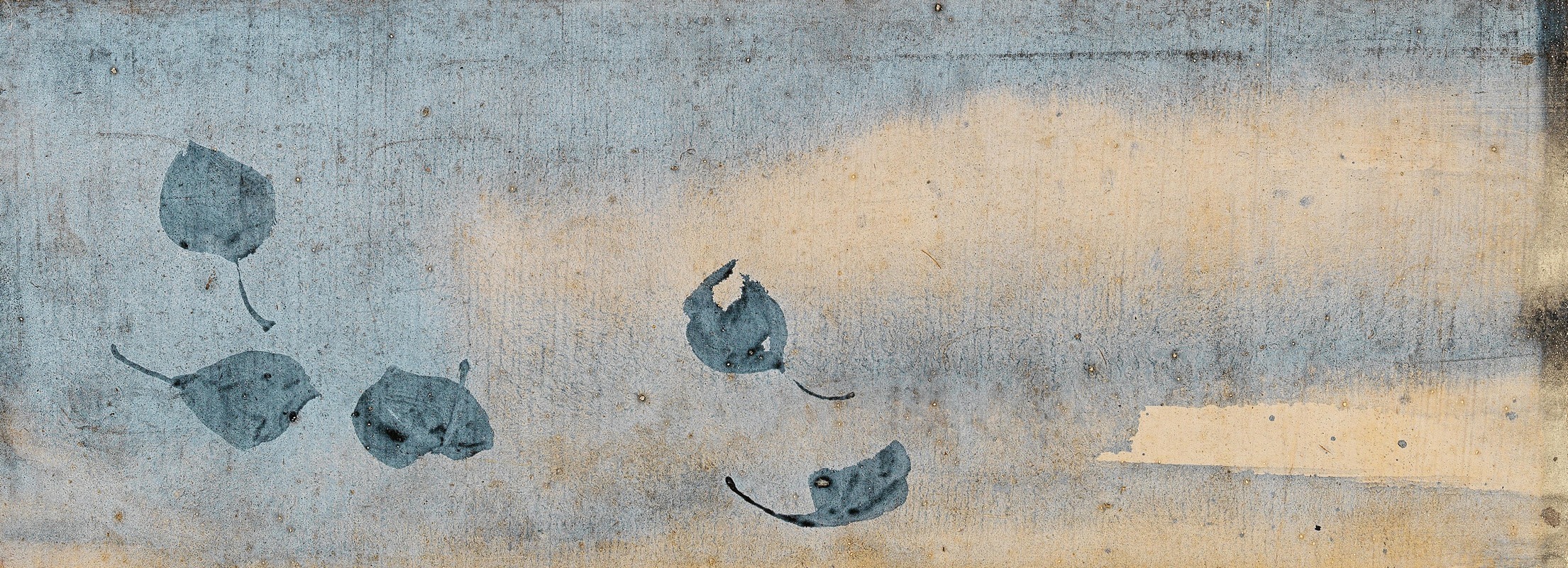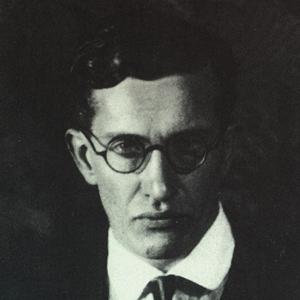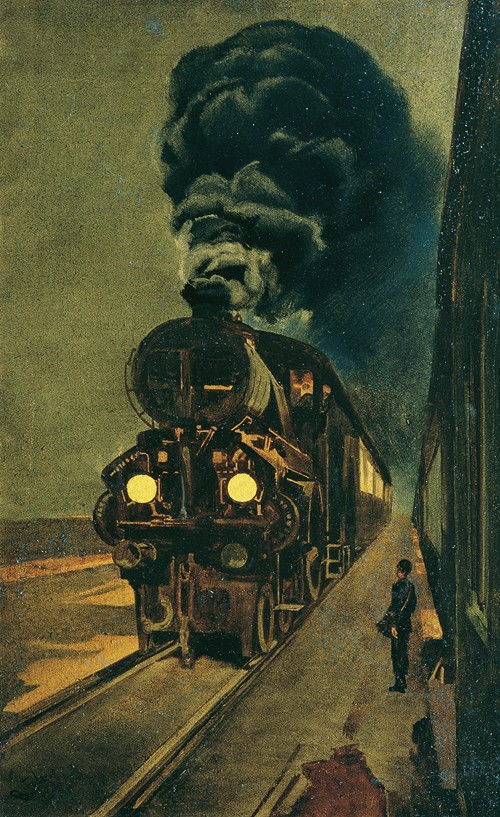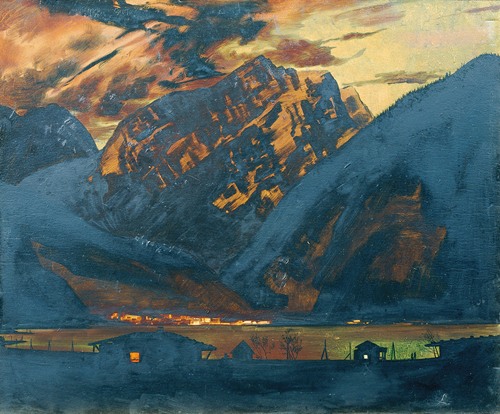

In a career of just sixteen years, Linz-based artist Klemens Brosch produced one thousand drawings, watercolours, prints, and paintings. Alongside Gustav Klimt, Egon Schiele, Alfred Kubin, and Oskar Kokoschka, Brosch was one of Austria’s greatest draughtsmen.
Brosch’s fantastical, meticulous drawings are timeless and existential, anticipating aspects of New Objectivity (Neue Sachlichkeit) and Surrealism. After the First World War, Brosch and many of his colleagues had to contend with a fundamentally altered art world. The end of the era of decadence also marked the end of art as a decorative, healing force. The war left behind hideous impressions while the major commissions, enjoyed by artists only a few years before, were now a thing of the past. Brosch was deeply affected by this change – dark subjects, like the mass killings of the First World War and visions, feature early on in his work and he grappled with the themes of mortality and death. In 1913, his career had begun when he co-founded the Linz artist association MAERZ. The war years had a lasting impact on him, manifested both in his work and his mental health as he struggled with these harrowing experiences for the rest of his life. Drug addiction and harsh treatments for his dependency started to dominate. In December 1926, he tragically committed suicide. Brosch left behind an extensive oeuvre, a testimony to a crisis-stricken era.
More Artworks by Klemens Brosch



